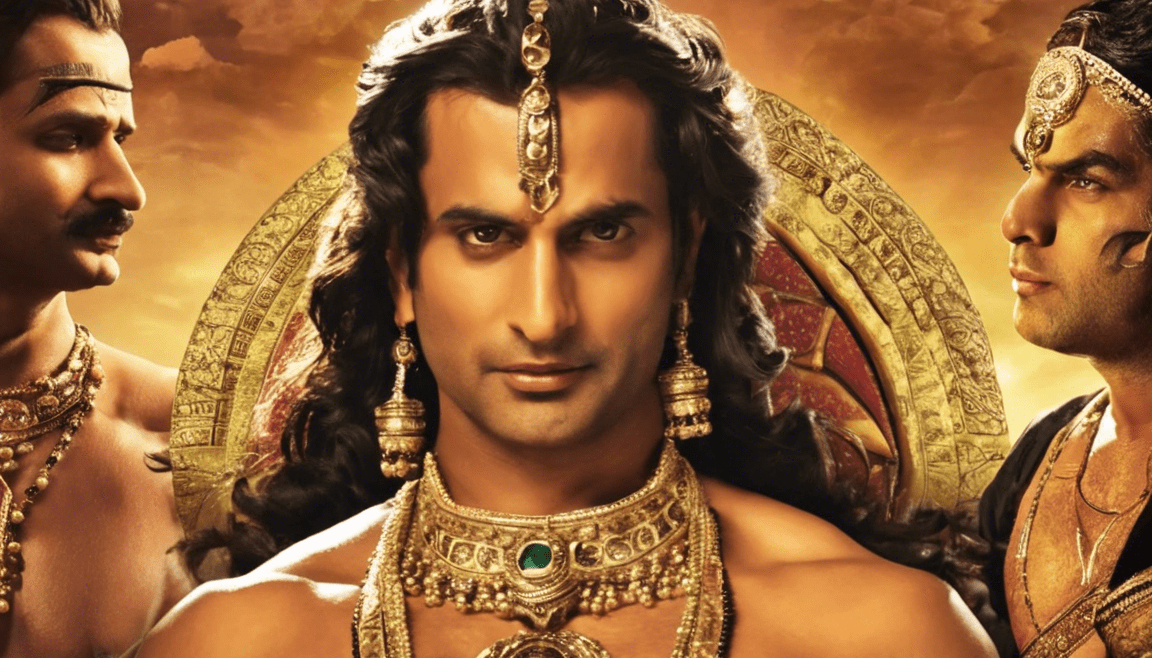The Kama Sutra, an ancient Indian text on human sexuality and interactions, has enchanted and intrigued people around the world for centuries. The principles laid out in this timeless guide offer a unique perspective on the art of love, intimacy, and relationships. While many are familiar with the Kama Sutra in its traditional written form, this article aims to delve into its depiction in cinema and explore how filmmakers have brought its teachings to life on the silver screen.
Introduction to the Kama Sutra in Cinema
Films Inspired by the Kama Sutra: Over the years, filmmakers have been inspired by the Kama Sutra’s rich tapestry of sensuality and eroticism, creating movies that capture the essence of this ancient text in unique and creative ways.
Symbolism and Imagery: The Kama Sutra is not merely a manual of sexual positions; it is a philosophical treatise on the art of living and loving. Filmmakers often use its teachings to explore deeper themes of desire, passion, and human relationships.
The Kama Sutra in Popular Culture
Bollywood’s Love Affair: Indian cinema, particularly Bollywood, has a long history of incorporating elements of the Kama Sutra into its storytelling. From lavish song-and-dance sequences to intimate love scenes, the influence of this ancient text is unmistakable.
Western Adaptations: Western filmmakers have also been drawn to the themes of the Kama Sutra, incorporating its ideas into a wide range of genres, from historical dramas to contemporary romances.
Notable Films Inspired by the Kama Sutra
1. “Kama Sutra: A Tale of Love” (1996)
Directed by Mira Nair, this film tells the story of two childhood friends who grow up to become rivals for the love of the same man. Set against the backdrop of 16th-century India, the movie explores themes of jealousy, desire, and betrayal through the lens of the Kama Sutra.
2. “The Kamasutra Garden” (2018)
A modern take on the ancient text, this film follows the story of a young woman who inherits a mysterious mansion that serves as a retreat for couples seeking to rekindle their passion. As she delves deeper into the secrets of the estate, she uncovers hidden desires and forbidden pleasures.
The Kama Sutra on Screen: Challenges and Controversies
Censorship Concerns: The explicit nature of the Kama Sutra has led to challenges in bringing its teachings to the screen, with many filmmakers facing censorship and backlash from conservative audiences.
Misinterpretations and Stereotypes: In some cases, the Kama Sutra has been misinterpreted or sensationalized in cinema, leading to stereotypes and misconceptions about its true meaning and significance.
Exploring the Legacy of the Kama Sutra in Modern Cinema
Innovative Storytelling: Despite the challenges, filmmakers continue to find new and innovative ways to incorporate the Kama Sutra into their narratives, pushing the boundaries of storytelling and representation.
Cultural Impact: The enduring popularity of films inspired by the Kama Sutra speaks to the cultural impact of this ancient text, which continues to captivate audiences around the world.
FAQs: Your Guide to Understanding the Kama Sutra in Cinema
1. Is the Kama Sutra only about sexual positions?
While the Kama Sutra does include descriptions of various sexual positions, it is primarily a guide to living a fulfilling and harmonious life, encompassing love, relationships, and personal growth.
2. Are films inspired by the Kama Sutra suitable for all audiences?
Due to the mature themes and content often associated with the Kama Sutra, films inspired by this text are typically intended for mature audiences.
3. How does the Kama Sutra influence storytelling in cinema?
Filmmakers draw upon the themes and teachings of the Kama Sutra to explore complex relationships, desires, and emotions in their narratives, adding depth and richness to their storytelling.
4. Are there any modern adaptations of the Kama Sutra in cinema?
Yes, filmmakers continue to explore and adapt the principles of the Kama Sutra in modern contexts, reflecting contemporary attitudes towards love, sexuality, and relationships.
5. What makes the Kama Sutra a timeless source of inspiration for filmmakers?
The Kama Sutra’s enduring relevance lies in its exploration of universal themes such as love, desire, and human connection, offering filmmakers a rich tapestry of ideas to draw upon in their storytelling.
In conclusion, the depiction of the Kama Sutra in cinema offers a window into the complexities of human relationships and desires, reflecting the enduring appeal of this ancient text in a modern context. By exploring the diverse ways in which filmmakers have interpreted and adapted its teachings, we gain a deeper understanding of the universal truths and timeless wisdom contained within the Kama Sutra.


